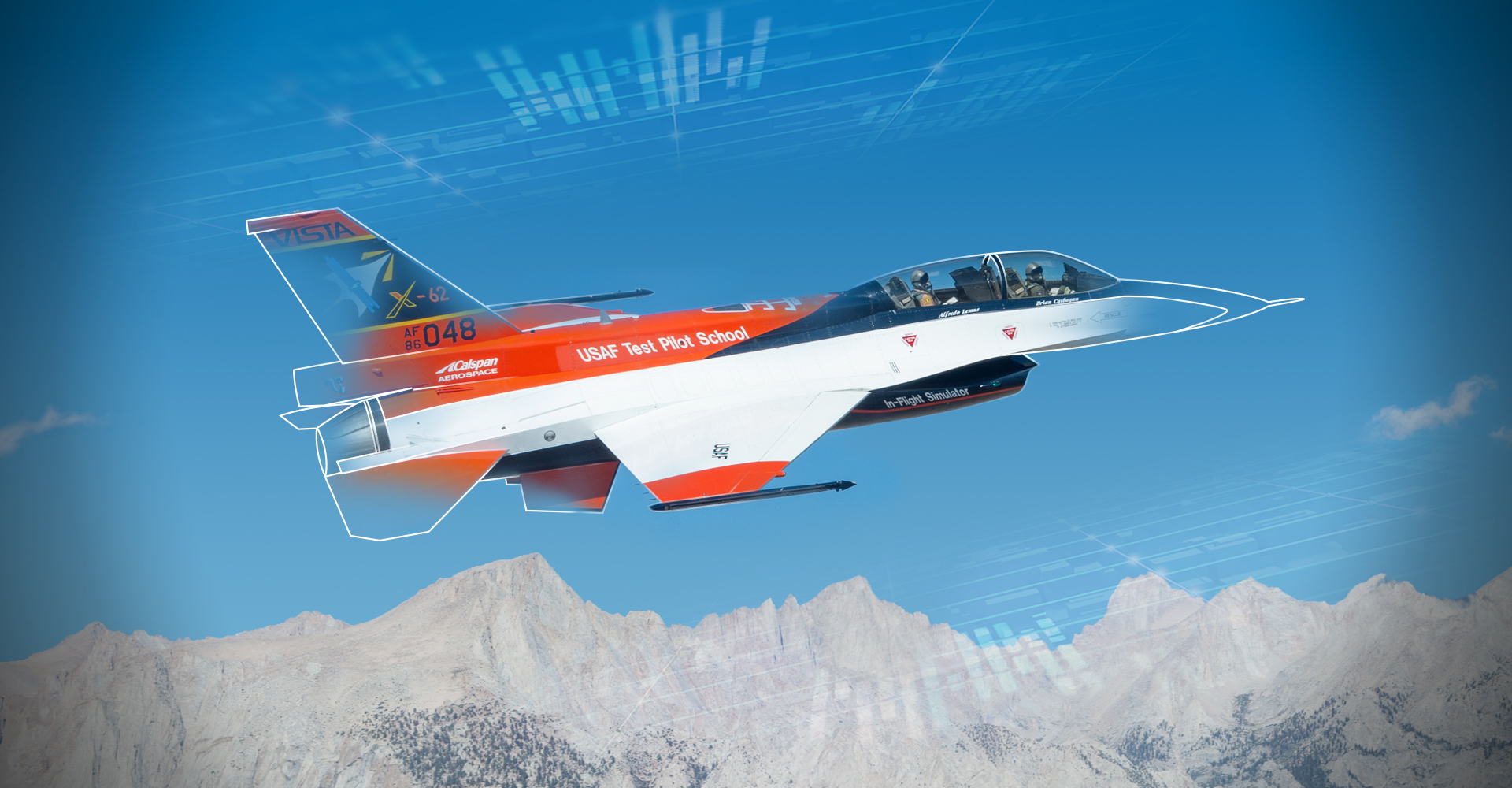Aircraft development is an intricate process that blends innovation, technology, and engineering. One of the critical steps in this journey from concept to reality is flight testing, which serves as the final proving ground for an aircraft's design and performance. While simulations and computer models provide valuable insights, it is only through real-world flight testing that engineers can fully assess an aircraft's behavior, safety, and reliability under actual operating conditions. Calspan, a recognized leader in the aerospace industry, plays a pivotal role in this process by providing essential flight testing services that ensure aircraft meet the highest standards before they take to the skies.
Flight testing is not just about assessing the physical performance of an aircraft; it is about ensuring that the craft can perform safely and efficiently in all expected conditions. The role of flight testing extends far beyond simply verifying whether the aircraft can take off, fly, and land. It is about evaluating every aspect of the aircraft's systems, structure, and performance, ensuring that it can operate under extreme conditions and meet all regulatory and safety standards. In this article, we will delve into Calspan's role in flight testing and explore how the company's expertise supports aircraft development from conception to successful certification.
The Importance of Real World Flight Testing
Flight testing is the process of gathering data on an aircraft's performance by actually flying it. While computer simulations and wind tunnel tests are essential during the early stages of design, they cannot replicate the unpredictable variables and real-world conditions that an aircraft will experience once in flight. Flight testing provides engineers with the opportunity to evaluate the aircraft’s handling, performance, and systems under various conditions, from routine operations to extreme situations that might arise during flight.
Here are some critical reasons why real-world flight testing is essential to the aircraft development process:
Performance Validation: Flight testing allows engineers to evaluate critical performance metrics like speed, altitude, fuel efficiency, and engine performance. This data is crucial to ensure that the aircraft performs as expected in real-world conditions.
Safety Assurance: Testing helps identify potential safety risks and allows engineers to fix issues before they lead to catastrophic failures. These tests include scenarios like engine failure, turbulence, and emergency landings.
Compliance with Regulatory Standards: Regulatory bodies such as the Federal Aviation Administration (FAA) or European Union Aviation Safety Agency (EASA) require a comprehensive series of flight tests to ensure that the aircraft meets all safety, performance, and design standards.
System Integration and Troubleshooting: Flight tests also evaluate how various systems—such as avionics, propulsion, and structural integrity—integrate during actual flight. This provides valuable insights into potential issues that might not have been detected during ground testing or simulations.
Ultimately, real-world flight testing ensures that the aircraft is ready for operational deployment, capable of handling all expected conditions, and compliant with safety standards.
Calspan’s Role in Aircraft Development Through Flight Testing
Calspan has long been a trusted partner in the aerospace industry, providing comprehensive flight testing services for both military and commercial aircraft. With more than 70 years of experience, the company has gained a reputation for its ability to deliver accurate, reliable, and thorough flight test data that supports the successful development and certification of aircraft.
1. Calspan’s Expertise in Flight Test Planning and Design
The first step in any successful flight test program is thorough planning. At Calspan, flight testing begins long before the aircraft takes to the skies. The team of experienced engineers works with the aircraft manufacturer to develop a comprehensive test plan tailored to the specific needs of the aircraft in question. This plan outlines the test objectives, the types of data to be collected, and the specific maneuvers and conditions to be simulated during the test.
The planning phase also includes defining safety protocols, choosing test locations, and preparing the necessary instrumentation to collect real-time data. Calspan’s engineers work closely with clients to ensure that every aspect of the test program is meticulously designed to address the specific goals of the flight test while minimizing risks.
2. State-of-the-Art Flight Test Facilities
Calspan is equipped with some of the most advanced flight test facilities available. These facilities enable the company to conduct a wide range of flight testing activities, from basic performance evaluations to complex tests involving extreme conditions. These advanced capabilities make Calspan an essential resource for both civilian and military aircraft development.
One of Calspan’s key advantages is its ability to test a variety of aircraft types. Their fleet of aircraft includes smaller general aviation planes as well as larger commercial and military jets, allowing them to conduct comprehensive flight testing across a range of designs and applications.
Calspan’s flight test facilities are also equipped with cutting-edge instrumentation to monitor the aircraft's performance in real time. Data acquisition systems track a broad spectrum of parameters such as airspeed, altitude, engine performance, and structural integrity, providing engineers with precise data during the test. This data can be instantly analyzed to assess whether the aircraft is performing as expected or if adjustments are needed.
3. Conducting Comprehensive Flight Tests
Once the planning and preparation stages are complete, the real work begins: conducting the flight tests. Calspan’s flight testing procedures cover a wide range of assessments, from basic checks of the aircraft’s behavior to more advanced testing of its performance under extreme conditions.
Here are some of the types of flight tests conducted by Calspan:
Basic Handling and Stability Tests: These tests focus on assessing how the aircraft responds to standard control inputs. Engineers evaluate the aircraft’s stability, maneuverability, and response to controls, ensuring it performs well under normal flying conditions.
High-Speed and High-Altitude Testing: High-speed flight and high-altitude tests help assess the aircraft’s performance during extreme operations, such as supersonic speeds or high-altitude cruising. These tests are critical for aircraft that operate at the edges of performance, such as military fighters or commercial jets.
System Integration Testing: Many advanced aircraft incorporate complex systems, including avionics, engine control, and fuel management. System integration tests evaluate how well these systems work together during flight, helping to detect any potential issues that might affect the aircraft’s safety or performance.
Emergency and Malfunction Testing: During these tests, engineers simulate emergency situations, such as engine failures, to ensure that the aircraft can safely handle malfunctions or failures. This is one of the most critical aspects of flight testing, as it ensures the safety of both the crew and passengers.
4. Real-Time Data Collection and Analysis
Throughout the flight testing process, Calspan utilizes state-of-the-art data acquisition systems to monitor the aircraft’s performance in real time. These systems capture detailed information on hundreds of parameters, including speed, altitude, engine temperature, fuel consumption, and more. This data is transmitted to ground-based engineers, who can monitor the aircraft’s performance live during the test.
Once the test is complete, Calspan’s team of engineers analyzes the collected data to evaluate whether the aircraft met the test objectives. This analysis helps to identify any performance issues or discrepancies that need to be addressed. The data is also used to refine the aircraft’s design, making adjustments where necessary to optimize performance, safety, and efficiency.
5. Post-Test Evaluation and Recommendations
After each flight test, the team conducts a thorough review of the data collected to assess how well the aircraft performed against the predefined test parameters. Engineers look for any areas where the aircraft underperformed or behaved unexpectedly. If any issues are detected, Calspan’s team works closely with the client to propose adjustments or improvements to the aircraft's design, systems, or components.
If necessary, further flight tests may be conducted to confirm the effectiveness of any changes or modifications made. The post-test evaluation phase is essential for ensuring that the aircraft meets all performance and safety criteria before it proceeds to the final certification stages.
6. Certification and Regulatory Compliance
Once the aircraft has successfully passed all relevant flight tests, it moves into the final stages of the development process: certification. In most countries, aviation regulatory bodies such as the FAA or EASA require a series of flight tests to certify an aircraft for commercial or military use. Calspan’s extensive experience with regulatory standards makes it an invaluable partner in helping aircraft manufacturers navigate the complex certification process.
Calspan’s comprehensive flight testing ensures that aircraft meet the necessary safety and performance standards, making it easier for clients to obtain regulatory approval and bring their aircraft to market.
Conclusion
Calspan’s role in aircraft development is a critical one. Through its expert flight testing services, Calspan helps manufacturers validate their designs, ensure safety, and meet regulatory requirements. The company’s extensive experience and state-of-the-art facilities allow it to conduct comprehensive tests on a wide range of aircraft, from military jets to commercial airliners. By providing accurate, real-time data and in-depth analysis, Calspan ensures that every aircraft it tests is ready for the skies.
In the ever-evolving aerospace industry, where safety, performance, and innovation are paramount, Calspan’s role in flight testing remains indispensable. As aircraft continue to become more advanced and complex, the need for reliable and thorough flight testing will only grow, and Calspan will undoubtedly remain at the forefront of this critical aspect of aircraft development.



